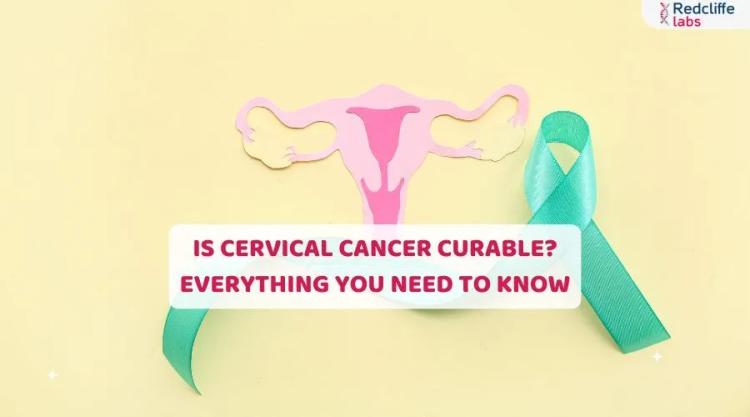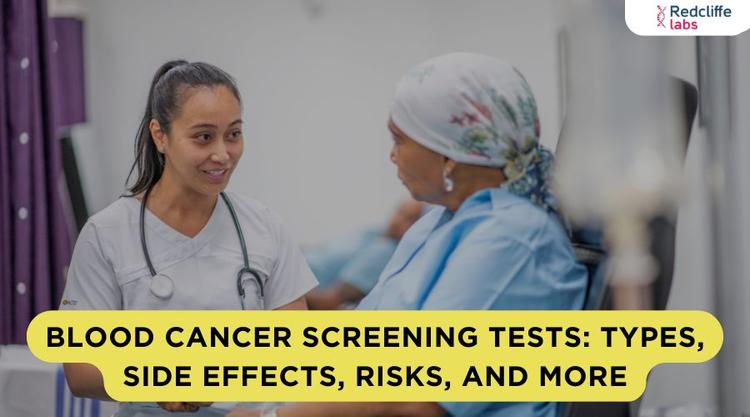Breast Cancer: Symptoms, Types, Risk Factors & Treatment

Medically Reviewed By
Dr. Ragiinii Sharma
Written By Kirti Saxena
on Oct 18, 2023
Last Edit Made By Kirti Saxena
on Jan 7, 2025

As per the reports, 30% of cancer cases were found in women below the age of 40 years. However, according to Globocan Data 2020, breast cancer accounted for approximately 13.5% of all cancer cases in India and contributed to about 10.6% of all fatalities.
Breast cancer is a type of cancer that forms in the cells of the breast. It occurs when abnormal cells in the breast start growing and dividing uncontrollably, leading to a tumor or lump formation. It can affect both women and men, but it is more common in women. The most common form of breast cancer begins in the milk ducts and is called invasive ductal carcinoma. Early detection is crucial in the treatment of breast cancer. Regular screenings, like mammograms, breast cancer tests, and self-breast exams, can help identify breast cancer in its early stages when it is most treatable. Breast cancer is a significant health concern, and raising awareness about its risks, symptoms, and early detection is essential for improving outcomes and saving lives. This blog will cover breast cancer, why it's so important to diagnose it, common signs, and risk factors.
Common signs and Symptoms of Breast Cancer
There are some warning signs that you should never ignore, as by recognizing these symptoms, you can detect breast cancer early and get successful treatment. Here are some common signs of breast cancer to be aware of:
- Lump in the Breast: One of the most common symptoms is a noticeable lump or thickening in the breast or underarm area. These lumps may feel different from the surrounding breast tissue.
- Changes in Breast Size or Shape: Keep an eye out for any unusual changes in the size or shape of one or both breasts. This includes swelling, dimpling, or puckering of the skin.
- Breast Pain or Discomfort: While breast pain can have various causes, unexplained or persistent breast pain, especially when localized to a specific area, should be investigated.
- Nipple Changes: Be concerned if you notice changes in your nipples, such as inverted (turned inward) nipples, discharge (other than breast milk), or unusual pain or itching in the nipple area.
- Skin Changes: Look for skin changes on the breast, like redness, scaling, or skin thickening. Sometimes, breast cancer can make the skin look like the peel of an orange.
- Unexplained Weight Loss: If you experience significant, unintentional weight loss and any of the above symptoms, it could indicate that breast cancer has spread to other body parts.
Early detection is key, so if you notice any of these signs, don't hesitate to consult with your doctor. Regular breast self-exams and clinical breast exams by a healthcare provider help detect breast cancer in early, more treatable stages.
Types of Breast Cancer
Understanding the types of breast cancer and its specific characteristics is important to determine the most effective treatment plan. Here's an overview of some common types:
1. Ductal Carcinoma In Situ (DCIS): DCIS is a very early stage of breast cancer where abnormal cells are found in the lining of a breast duct but haven't invaded the surrounding tissues. It is non-invasive, meaning it hasn't spread beyond the milk duct where it started.
2. Invasive Ductal Carcinoma (IDC): IDC is the most common type of breast cancer, accounting for around 80% of cases. It begins in the milk ducts but then invades surrounding breast tissues.
3. Invasive Lobular Carcinoma (ILC): ILC starts in the milk-producing lobules and accounts for about 10% of invasive breast cancers. It can be harder to detect on imaging tests. ILC begins in the milk-producing lobules.
4. Inflammatory Breast Cancer: This is a rare and aggressive form of breast cancer.
It doesn't usually form a lump but causes the breast to appear swollen, red, and warm.
5. Triple-Negative Breast Cancer: This type lacks the three common receptors (estrogen, progesterone, and HER2) for classifying other breast cancers. It tends to be more aggressive and may require different treatment approaches.
6. HER2-Positive Breast Cancer: HER2-positive breast cancers have too much of a protein called HER2, which can make the cancer grow more quickly.
7. Metastatic Breast Cancer: This isn't a type of breast cancer but rather a stage where cancer has spread to other parts of the body, like the bones, liver, or lungs. Treatment aims to manage the disease and improve the quality of life.
8. Paget’s disease of the breast: This breast cancer is a rare form of cancer that specifically impacts the skin of the nipple, often resembling a rash. This condition constitutes less than 4% of all diagnosed breast cancers.
Risk Factors for Breast Cancer
As per experts, breast cancer develops when breast cells mutate and become cancerous cells that divide and multiply to create tumors. However, understanding the risk factors is essential for proactive prevention and early detection. Here are some risk factors:
- Being a Woman: Women are the most significant risk factor for breast cancer. While men can develop breast cancer, it is much more common in women.
- Age: The risk of breast cancer increases with age, with most cases occurring in women over 50.
- Genetic Factors: Mutations in specific genes, such as BRCA1 and BRCA2, significantly increase the risk of breast cancer.
- Family History: A family history of breast cancer, particularly in close relatives like a mother, sister, or daughter, can increase your risk.
- Personal History: If you've had breast cancer before, you have a higher risk of developing it in the other breast or a different part of the same breast.
- Radiation Exposure: Prior radiation exposure, especially in the chest area, can raise the risk of breast cancer.
- Hormone Replacement Therapy (HRT): Long-term use of hormone replacement therapy (estrogen and progestin) may increase the risk.
- Reproductive Factors: Delaying childbirth, having your first child after age 30, or never having children can impact risk.
- Menstrual History: Starting menstruation early (before age 12) or experiencing menopause later (after age 55) can increase risk.
- Breast Density: Women with dense breast tissue have a higher risk. Dense breasts can make it harder to detect cancer on mammograms.
- Alcohol Consumption: Drinking alcohol, even in moderation, has been linked to an increased risk of breast cancer.
- Obesity: Being overweight, especially after menopause, is associated with a high risk of breast cancer.
- Physical Inactivity: Lack of regular physical activity can contribute to a higher risk.
Many people with breast cancer have no known risk factors. Regular screenings and lifestyle choices like maintaining a healthy weight, staying physically active, and reducing alcohol consumption can help mitigate some risks and promote breast health. Consult your healthcare provider to assess your risk and develop a prevention and early detection plan.
Early Detection and Screening of Breast Cancer
The earlier breast cancer is diagnosed, the better the chances of a full recovery and more effective treatment options. Here's why early detection matters and an overview of these methods:
- Improved Survival Rates: When breast cancer is diagnosed early, the survival rates are much higher.
- Less Aggressive Treatment: Smaller tumors and cancers that haven't spread require less aggressive treatments, resulting in fewer side effects and a better quality of life.
- Preservation of Breast Tissue: Early detection often allows for breast-conserving surgeries, like lumpectomies, instead of full mastectomies.
Breast Cancer Screening Methods:
- Mammography
- Breast Ultrasound
- Breast Biopsy
- Imaging Tests like MRI
- Physical Examination
- Genetic Testing like BRCA1 & BRCA2 Mutation Analysis Test
Diagnostic tests like Breast Cancer Test breast can help you to detect breast cancer. Please consult your healthcare provider about when to start breast cancer tests and how often to have them. They can help determine the best approach based on age, family history, and other risk factors.
Treatment Options for Breast Cancer
Breast cancer treatment involves a range of options based on the type and stage of the cancer and individual factors. Here's an overview:
- Surgical methods like Lumpectomy, Mastectomy, and Sentinel Lymph Node Biopsy
- Radiation Therapy
- Chemotherapy
- Targeted Therapy
- Hormone Therapy
- Immunotherapy
Breast cancer treatment plans are highly personalized. Factors such as the type and stage of the cancer, hormone receptor status, patient age, overall health, and individual preferences influence treatment decisions. Regular follow-up and monitoring are essential to track progress and address ongoing concerns.
Fighting Breast Cancer with Awareness and Action
Finally, we've emphasized the importance of breast cancer awareness and that it's not just a topic for October, Breast Cancer Awareness Month. Breast cancer affects countless lives; together, we can make a difference. By staying informed, supporting those in need, and encouraging regular screenings, we can enhance the odds of detecting breast cancer early and improving the lives of those affected by this disease. Regular screenings, including mammograms and breast cancer tests, are useful for catching breast cancer in its early, more treatable stages.



